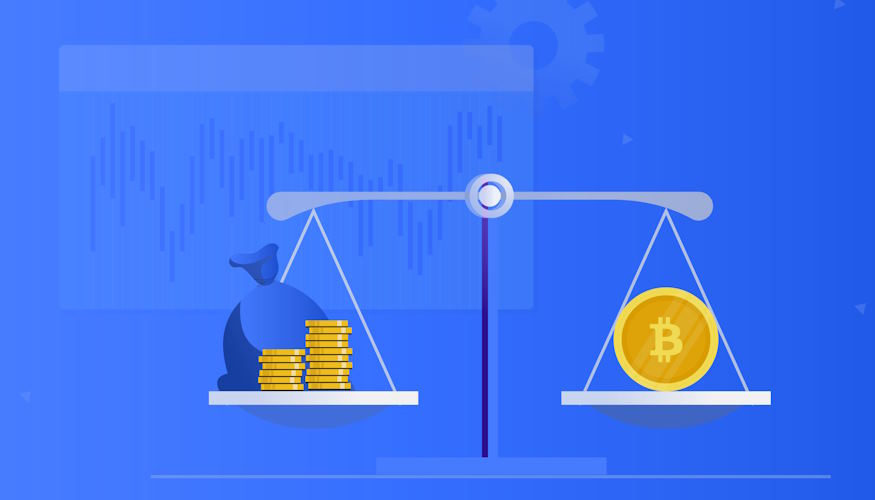
Liquidity Mining: How to Earn by Providing Liquidity to New Coin Pools
— November 27, 2022One such groundbreaking phenomenon that has garnered significant attention is liquidity mining. As decentralized exchanges (DEXs) rise in prominence, the need for adequate liquidity becomes paramount. Liquidity mining addresses this requirement by offering an opportunity for individuals to not only provide liquidity to these platforms but also to earn substantial rewards in return.
Factors Influencing Profitability in Liquidity Mining
A successful liquidity mining venture hinges on a careful consideration of several crucial factors that can significantly impact your potential earnings. These elements not only shape your profitability but also determine the overall effectiveness of your participation in decentralized exchanges. Understanding these factors can guide your decisions and help you maximize your gains while managing associated risks.
Pool Popularity and Trading Volume
The popularity of the liquidity pool you choose and the trading volume it experiences play a pivotal role in determining your profitability. Pools with higher trading volumes generally generate more transaction fees, which are distributed among liquidity providers. Opting for well-established pools that attract substantial trading activity can enhance your earnings potential, as the cumulative fees contribute to your share of rewards.
Token Price Trends and Volatility
The price trends and volatility of the tokens in the liquidity pool can greatly influence your profitability. Fluctuations in token prices can lead to impermanent loss, where the value of the tokens you provided liquidity for changes compared to when you deposited them. Being mindful of the historical price patterns and understanding the potential risks associated with different tokens can help you make informed decisions and mitigate losses.
Network Fees and Transaction Costs
Engaging in liquidity mining comes with transaction costs, primarily in the form of network fees. These fees can vary significantly depending on the blockchain network you’re using. High network fees can eat into your profits, especially when dealing with smaller amounts of liquidity. It’s essential to factor in these costs when assessing the potential returns from liquidity mining.

Managing Risks: Navigating the Waters of Liquidity Mining
While liquidity mining presents an enticing opportunity for earning in the decentralized finance realm, it’s essential to approach it with a keen awareness of the associated risks. A proactive risk management strategy can help you safeguard your investments and navigate the complexities of this dynamic landscape.
Impermanent Loss Mitigation Strategies
Impermanent loss, a common concern in liquidity provision, occurs when the value of tokens in a liquidity pool changes relative to their initial value. To mitigate this risk, consider strategies such as pairing tokens with less correlation, focusing on stablecoins, or selecting pools with tokens that align with your long-term outlook. Moreover, utilizing DeFi analytics platforms to track potential impermanent loss scenarios can empower you to make timely adjustments.
Diversification of Liquidity Across Pools
Diversification is a fundamental risk management principle, and it applies to liquidity mining as well. Spreading your liquidity across multiple pools with varying token pairs can help you mitigate the impact of poor-performing assets. By doing so, you reduce your exposure to the potential negative performance of a single token, enhancing your overall stability and potential returns.
Monitoring and Adjusting Your Liquidity Position
Vigilance is key in liquidity mining. Regularly monitor the performance of your chosen pools, track token trends, and stay informed about platform updates. By staying proactive, you can make informed decisions about when to add or withdraw liquidity, switch pools, or adjust your position based on market dynamics.

Advanced Strategies: Unlocking Higher Returns in Liquidity Mining
As liquidity mining gains momentum, advanced strategies emerge that go beyond the basics, allowing participants to extract even greater value from their engagement. These strategies harness the power of DeFi innovation to enhance returns while optimizing risk management.
Yield Optimization Platforms
Yield optimization platforms have emerged as potent tools in the arsenal of liquidity miners. These platforms analyze various liquidity pools’ performance, historical data, and token trends to recommend optimal allocation strategies. By leveraging these insights, participants can make data-driven decisions on where to allocate their liquidity, increasing the chances of higher returns.
Yield Compounding and Reinvestment
Yield compounding involves reinvesting earned rewards back into the liquidity pool, compounding the benefits over time. This strategy can accelerate returns, as your initial investment, along with accumulated rewards, generates additional income. By consistently reinvesting, you harness the power of exponential growth in a dynamic DeFi ecosystem.
Utilizing Liquidity Pool Tokens as Collateral
Some DeFi platforms allow you to use liquidity pool tokens as collateral for borrowing additional assets. This enables you to access liquidity without necessarily withdrawing your original investment. By using these tokens as collateral, you can explore other investment opportunities while maintaining your exposure to the original liquidity pool’s potential rewards.






